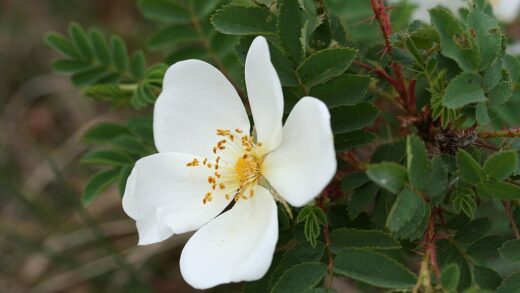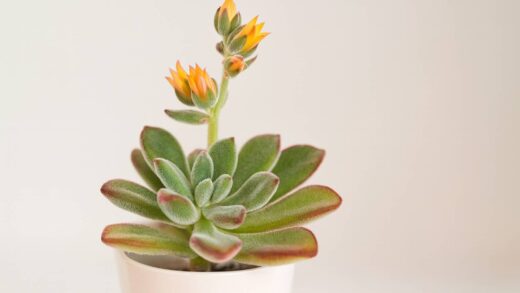The ZZ plant is renowned for its low-maintenance nature, and nowhere is this more evident than in its watering needs. Unlike most houseplants that demand a regular, consistent watering schedule, the ZZ plant’s primary requirement is to be left alone for extended periods. Its unique physiological adaptations, developed in its native, arid African habitat, allow it to store water in its rhizomes, stems, and leaves, making it a master of drought resistance. This characteristic is both a blessing and a potential pitfall for new plant owners, as overwatering is the most common cause of its demise. Understanding the plant’s water storage mechanisms is key to mastering its care and preventing root rot.
The role of rhizomes and foliage
The Zamioculcas zamiifolia plant’s primary adaptation for surviving long dry spells is its robust system of rhizomes. These thick, potato-like structures are located just beneath the soil surface and function as an efficient water storage organ. They act as a reservoir, providing the plant with the moisture it needs to sustain itself when external water sources are scarce. This feature is why the ZZ plant can go for weeks or even months without a drink, depending on environmental conditions. It is this very mechanism that makes it so vulnerable to overwatering, as constantly wet soil can lead to the rhizomes rotting and the plant’s eventual collapse.
In addition to its rhizomes, the ZZ plant’s fleshy stems and glossy leaves also play a significant role in water retention. The stems are thickened to hold moisture, while the leaves have a waxy cuticle that minimizes water loss through transpiration. This double layer of protection ensures that the plant conserves as much water as possible. This is why a ZZ plant’s leaves will often look plump and firm when it is properly hydrated. If the leaves start to look wrinkled or shriveled, it is a sign that the plant is using its stored water and may be ready for a drink.
The proper watering technique
The golden rule for watering a ZZ plant is to let the soil dry out completely between waterings. This is a crucial step that cannot be overstated. A simple and effective method for checking soil moisture is to insert your finger a few inches into the potting mix. If it feels dry to the touch, it is time to water. If it still feels moist, even slightly, it is best to wait a few more days and check again. This approach prevents the soil from becoming perpetually soggy, which creates an environment where root rot thrives.
When it is time to water, do so thoroughly. Pour water into the pot until it begins to drain out of the bottom. This ensures that the entire root system receives a good soak. It is important to remember to empty any excess water that collects in the saucer or cachepot. Leaving the plant to sit in water is a sure way to cause root rot. In the winter months, when the plant’s growth slows, its water needs decrease significantly. You can reduce your watering frequency to once a month or even less, depending on your home’s humidity and temperature.
More articles on this topic
Signs of improper watering
Recognizing the signs of improper watering is essential for the health of your ZZ plant. The most common symptom of overwatering is yellowing leaves, especially at the base of the plant. A soft, mushy, or black appearance on the stems or rhizomes is a definitive sign of root rot, which is a direct consequence of too much moisture. If you notice these symptoms, it is imperative to stop watering immediately and let the soil dry out. In severe cases, you may need to repot the plant in fresh, dry soil and trim away any rotted roots.
On the other hand, a ZZ plant that is underwatered will show different symptoms. Its leaves may begin to shrivel, wrinkle, or develop a slightly drooping appearance. While this is less common, it can happen if the plant is left without water for an extremely long time. A well-hydrated ZZ plant has plump, firm stems and leaves. If you see signs of dehydration, a good, thorough watering will quickly revive the plant. However, it is important to remember that it is much easier to save an underwatered ZZ plant than an overwatered one.
Seasonal considerations
The water requirements of the ZZ plant are not constant throughout the year; they vary with the seasons. During the active growing season, which typically runs from spring through early fall, the plant will require more frequent watering as it is producing new growth. You may find yourself watering every few weeks, depending on the environment. It is crucial to monitor the soil regularly during this time, rather than adhering to a strict schedule, as factors like light, temperature, and humidity can all affect how quickly the soil dries.
In the winter, when light levels are lower and the plant’s growth slows down considerably, it enters a period of dormancy. During this time, its water needs are minimal. Watering frequency should be reduced significantly, sometimes to as little as once every one or two months. This reduction in water is vital to prevent the plant from sitting in cold, wet soil, which is a prime condition for fungal infections and root rot. By adjusting your watering habits to the plant’s seasonal rhythm, you can ensure its health and vitality all year round.


















